Add a new shading technique to your repertoire with our scumbling drawing guide. When you’re learning to draw, it’s always worth exploring different shading styles to find the ones that suit you.
For example, you might enjoy creating dotted drawings using stippling or producing beautifully textured art using cross hatching.
Scumbling can be used with drawing pencils or colouring pencils to build up layers of colour. It’s a technique which works very well when you want to create even areas of colour without obvious shading lines.
What is scumbling in drawing?
If you’re a painter, you may have heard the word scumbling in reference to painting. In painting, scumbling is a technique where a layer of opaque paint is dragged over a dry layer of paint underneath using a dry brush. It’s a technique often used in oil painting.
Scumbling in drawing is different. It's a technique that uses swirling lines to create texture and shading in your artwork.
You can also use scumbling when working with soft pastels.
Is scumbling the same as scribbling?
Scumbling and scribbling can look very similar, but they are different. Scribbling tends to use a continuous line, while scumbling uses separate lines to great effect.
Scribbling can look much more chaotic than scumbling, but it’s fun to experiment with!
10 ways to use the scumbling drawing technique
Ready to have a go at using scumbling in your drawings? We’ve put together a few easy tips to help you get to grips with this fun drawing effect.
1. Don’t be afraid to make a mess
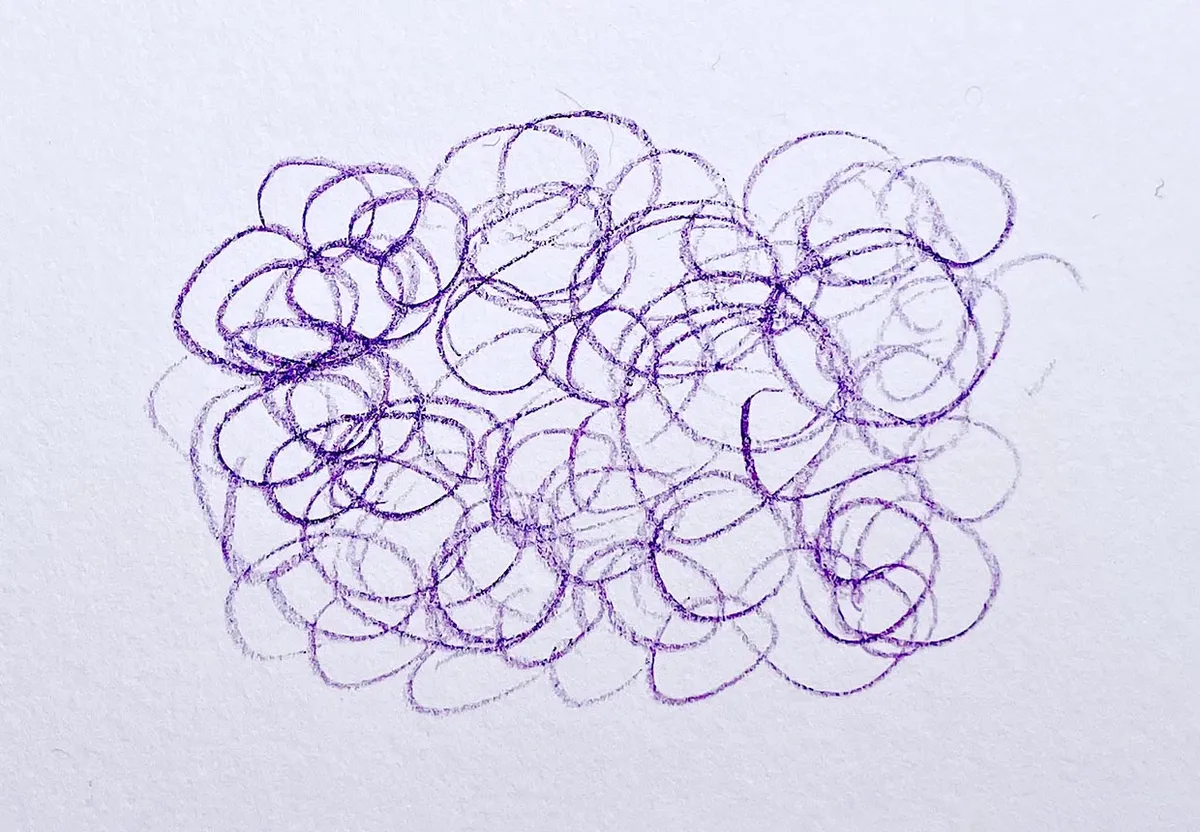
If you want to bring some energy into your drawings, then don’t worry about being neat with your scumbling. Build up layers of wild swirls and keep going back over the areas which you want to look darker.
This is a good exercise to try if you tend to be a perfectionist and want to loosen up your drawing style.
2. Keep it even
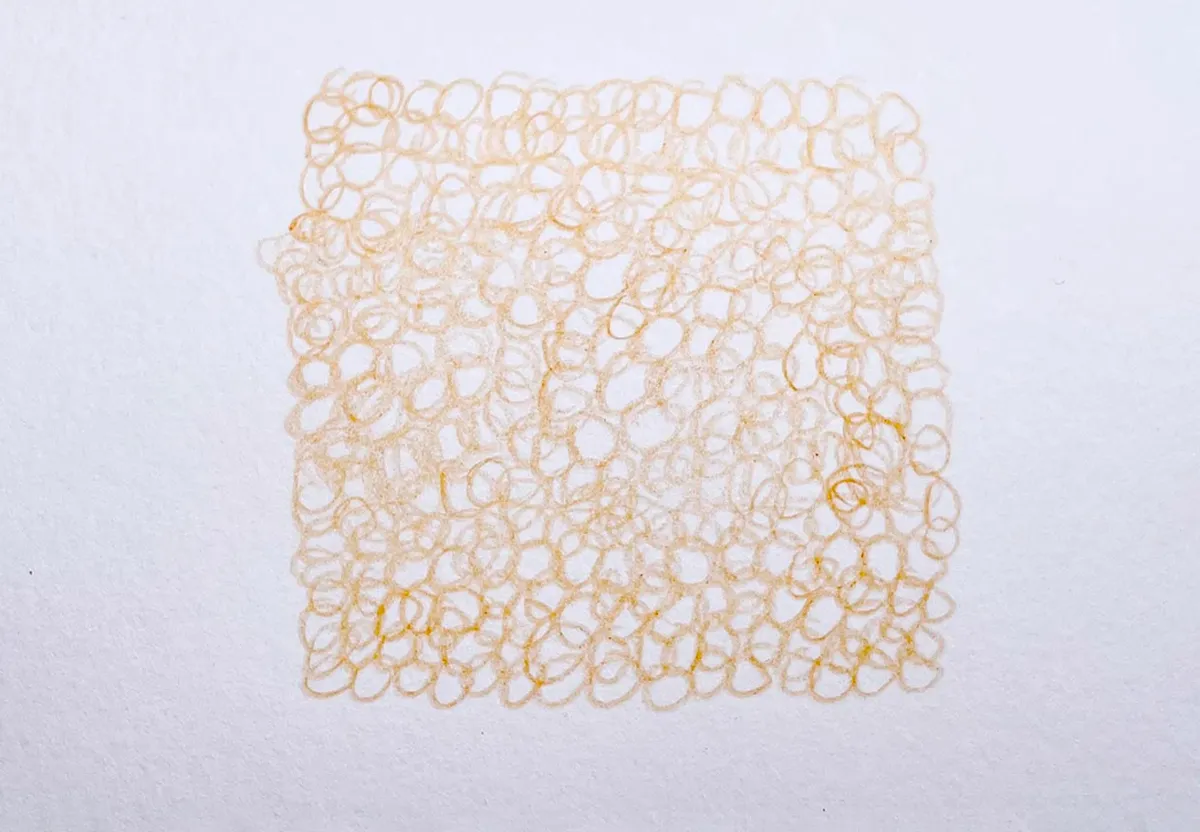
Scumbling can be very versatile. While you can use loose circles to get the look that you want, you can also keep your drawing tidy by scumbling with very small circles. This can be used to produce a more even-looking area of shading with less obvious pencil lines.
Small scumbling marks can be used to create a very realistic skin effect, especially if you want to hint at visible pores on the face.
3. Build up layers of colour
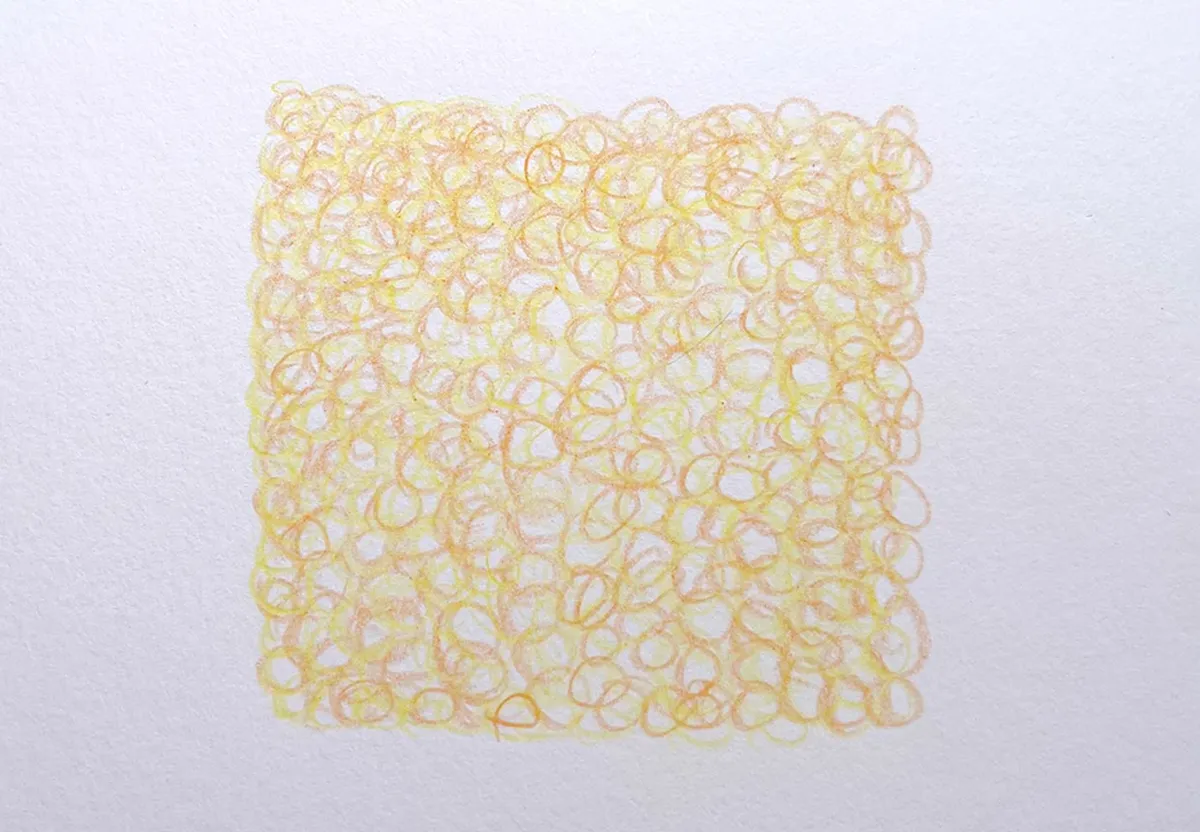
Start scumbling with a lighter colour, then scumble over the top with a darker shade. This is a good way to blend two shades together to get the colour you’re looking for.
4. Create a blended gradient

Choose two or more colours and layer them over each other to create a beautifully blended gradient. It may take a little practice to draw a smooth gradient, but it’s well worth the effort!
5. Explore new shapes
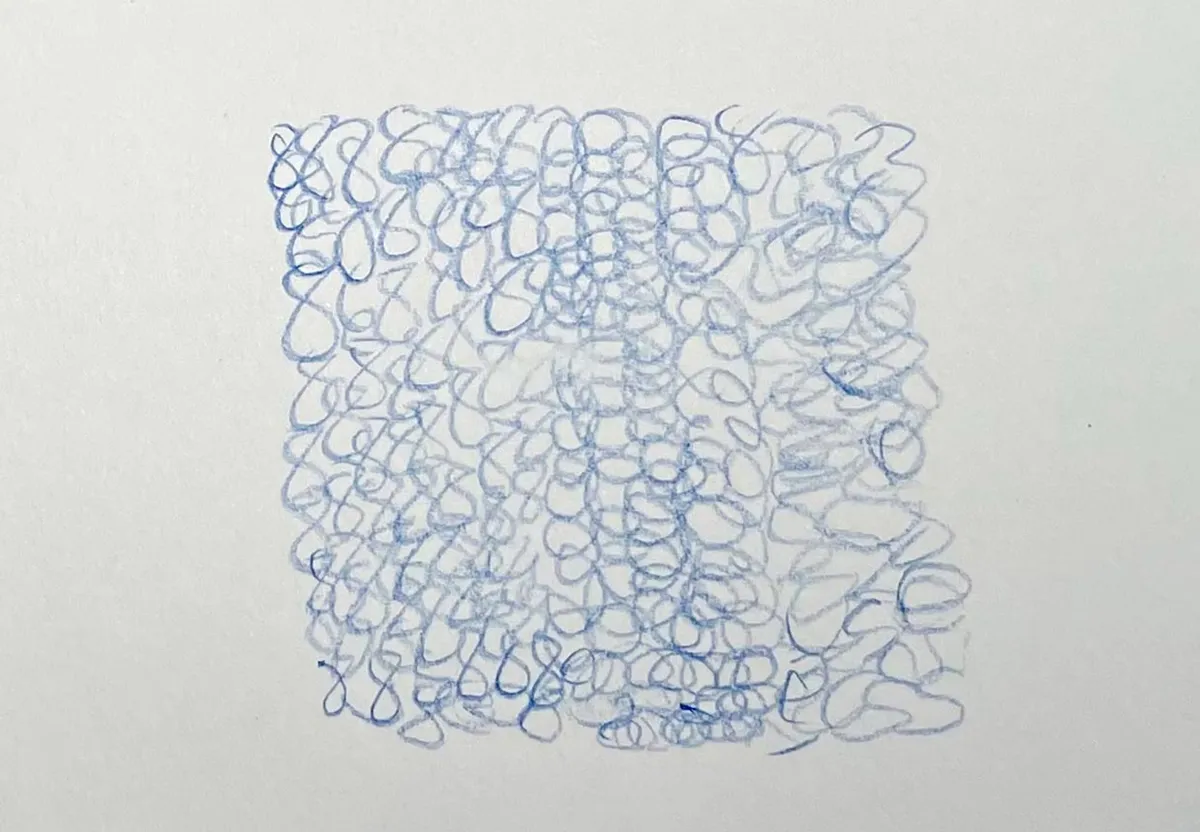
Not a fan of circles or swirls? Don’t worry, there are other ways to get interesting scumbling effects in your drawing. Blogger Drawing with Lena brilliantly describes scumbling as the “brillo pad technique”.
Lena recommends trying out other shapes when practising scumbling, such as loops, squiggles and figures of eight. You can try whatever shape works for you! Why not try a few different shapes in combination with each other to see what happens?
6. Practice drawing spheres

Drawing spheres is an excellent way to hone your shading skills! Have a go at drawing a few spheres and filling them in using different scumbling marks. This is a good way to compare their appearance before you start a larger drawing project.
While you’re drawing your scumbled spheres, think about where the light falls on the object and where your shadows need to be. This will help to make your drawing more three-dimensional.
You could also practise shading other shapes to improve your shading technique. Cubes are also great for this as you can vary the shading on each side.
7. Go outside the lines
As children, we’re always encouraged to stay within the lines, but finding your creativity often means breaking the rules. And if you’re going to break them, make sure you really go to town!
Try drawing a picture, then scumbling over the top using loose pencil or pen marks. Don’t worry about keeping within the lines – enjoy going over them instead as you fill up the outline. The finished result will look deliberately untidy, but it can be a very striking technique!
8. Scumble your background
We’ve talked about filling in a shape or an outline with scumbling, but what about making a scumbled background first? You can cover your paper in small or large scumbling marks to create an intriguing backdrop, then draw over the top.
You can do this with drawing pencils or with colouring pencils. You could even work in a colour gradient to make your drawing really pop.
9. Draw on a hard surface
If you’re using a sketch pad, remove it and draw on a hard surface such as a tabletop. Ann Kullberg of the Artists Network recommends working this way because there will always be some give when you draw in a sketch pad due to the layers of soft paper underneath.
She says: “You’ll also have a harder time getting strong, dark values [when using a sketch pad] since a soft surface won’t allow you to use as much pressure as a hard surface will.”
10. Explore loose or tight textures
Think about the closeness of your scumbling marks and what impact they have on your shading. Tight scumbling marks which are close together will look darker than looser marks. Play around with both and see what effects you can create within your drawing.

Experiment with a new medium
Pastels can be used to create beautiful blended works of art. Find out how to use oil pastels with our beginner’s guide.
What materials should I use for the scumbling drawing technique?
Scumbling can be done with both drawing pencils and colouring pencils. Here are some of our recommended materials for scumbling.
Faber Castell sketch pad

You don’t need to buy any fancy paper to have a go at scumbling, but we think that a sketch pad with high quality paper is a good place to begin.
You can use both pencils and pens on this paper, as well as watercolour pencils and charcoal.
Derwent drawing pencils
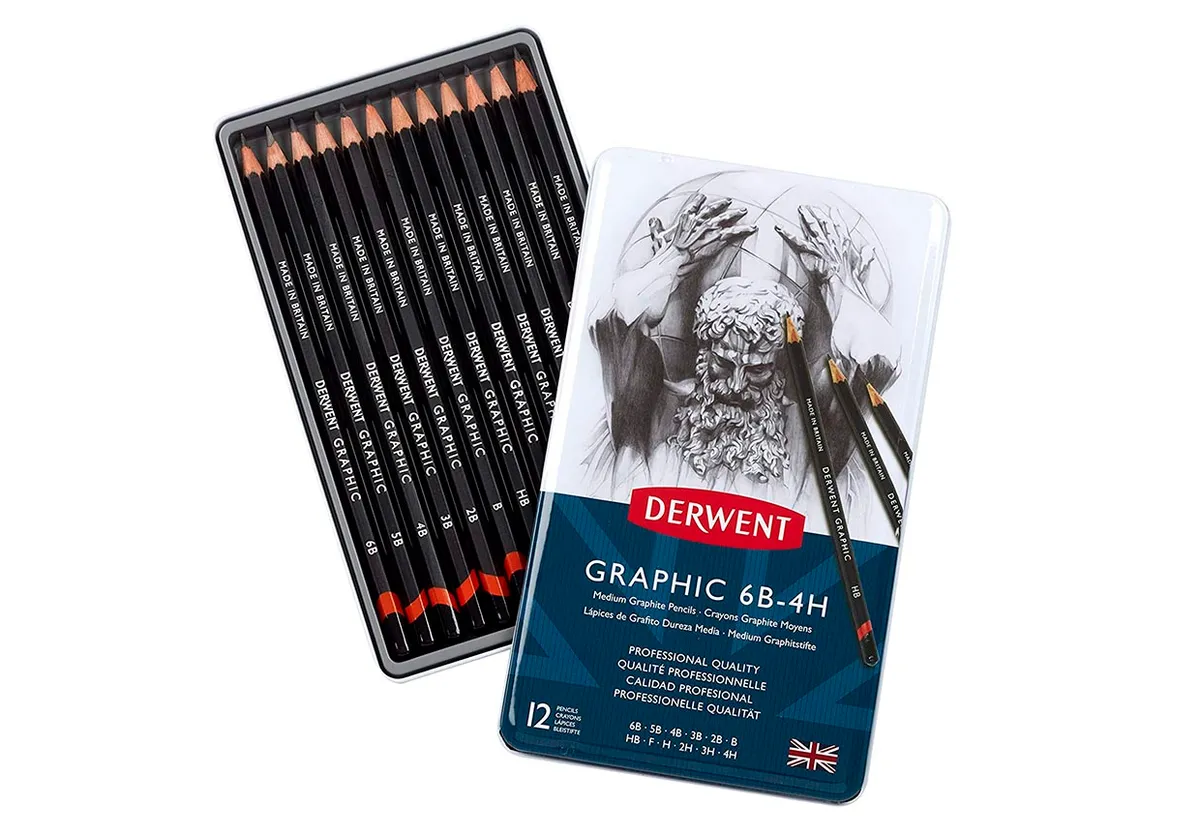
Every artist needs a good set of drawing pencils! Derwent has a fantastic reputation for producing excellent art supplies and this pencil set is no exception. It includes pencils suitable for shading and precision drawing, which are all safely contained within a sturdy metal tin.
Caran d’Ache woodless pencils
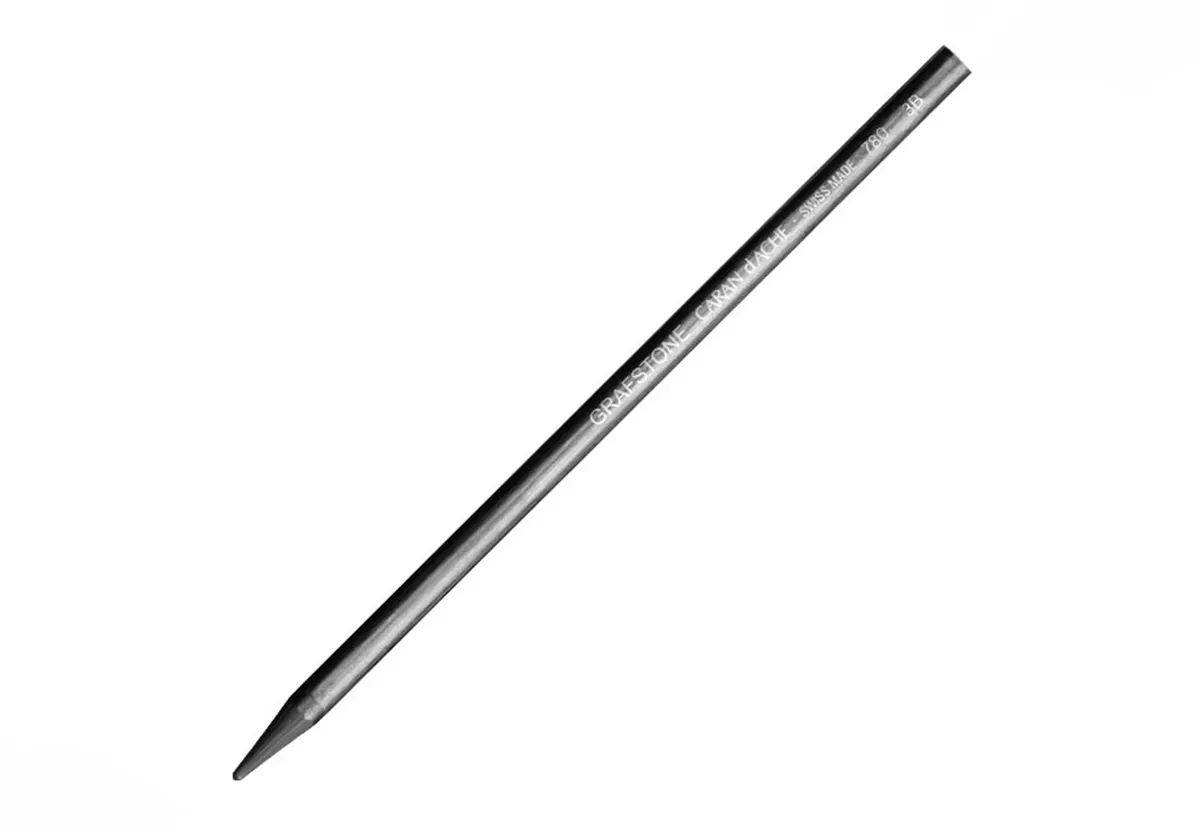
Caran d’Ache woodless pencils are very popular with artists and it’s easy to see why. They blend beautifully and the side of the woodless nib can be used for shading. You can use this pencil to vary the thickness of your scumbling lines – try using both the tip and the edge of the pencil for interesting results.
- Buy Caran d’Ache woodless pencils from Cult Pens
Derwent Academy colouring pencils
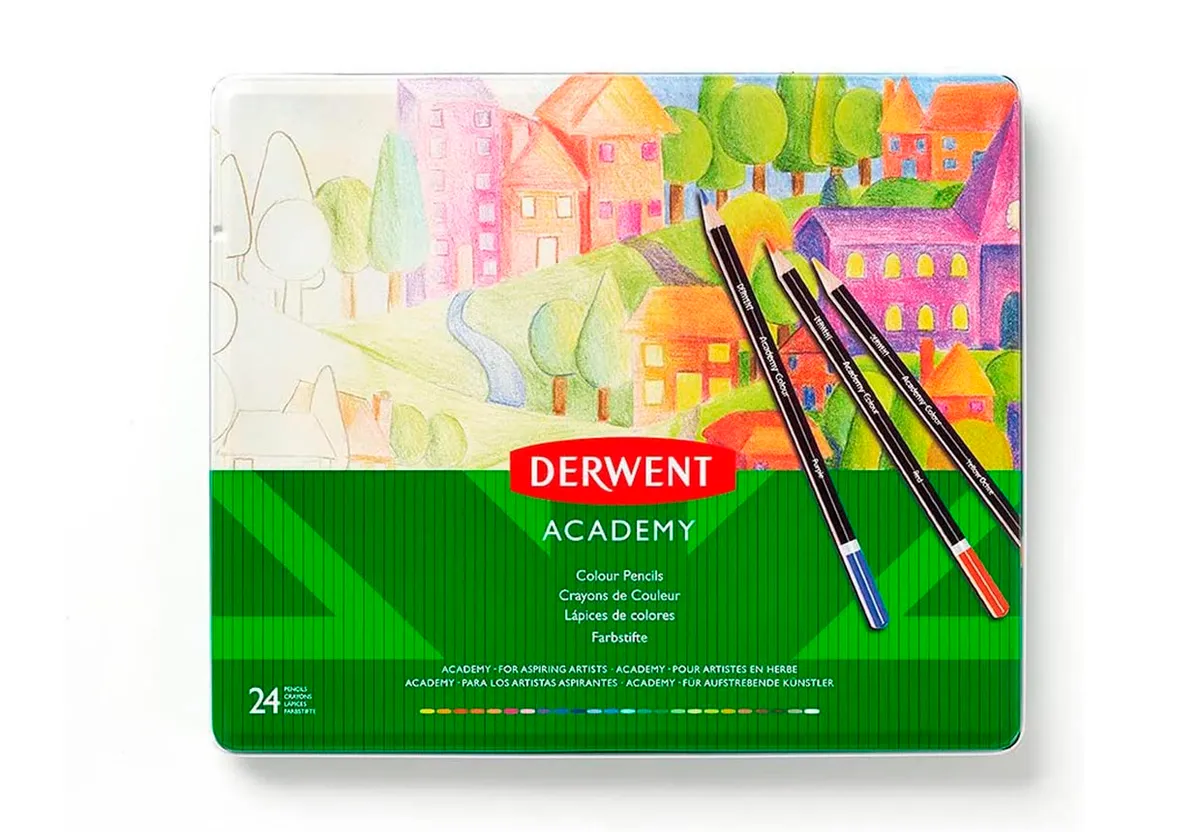
Derwent’s Academy range is ideal for beginners and students, providing brilliant value for money. This set contains a selection of colouring pencils in vibrant hues, which blend together smoothly.
Layer up these pencils to create stunning scumbled drawings!
Pigma Micron fineliners
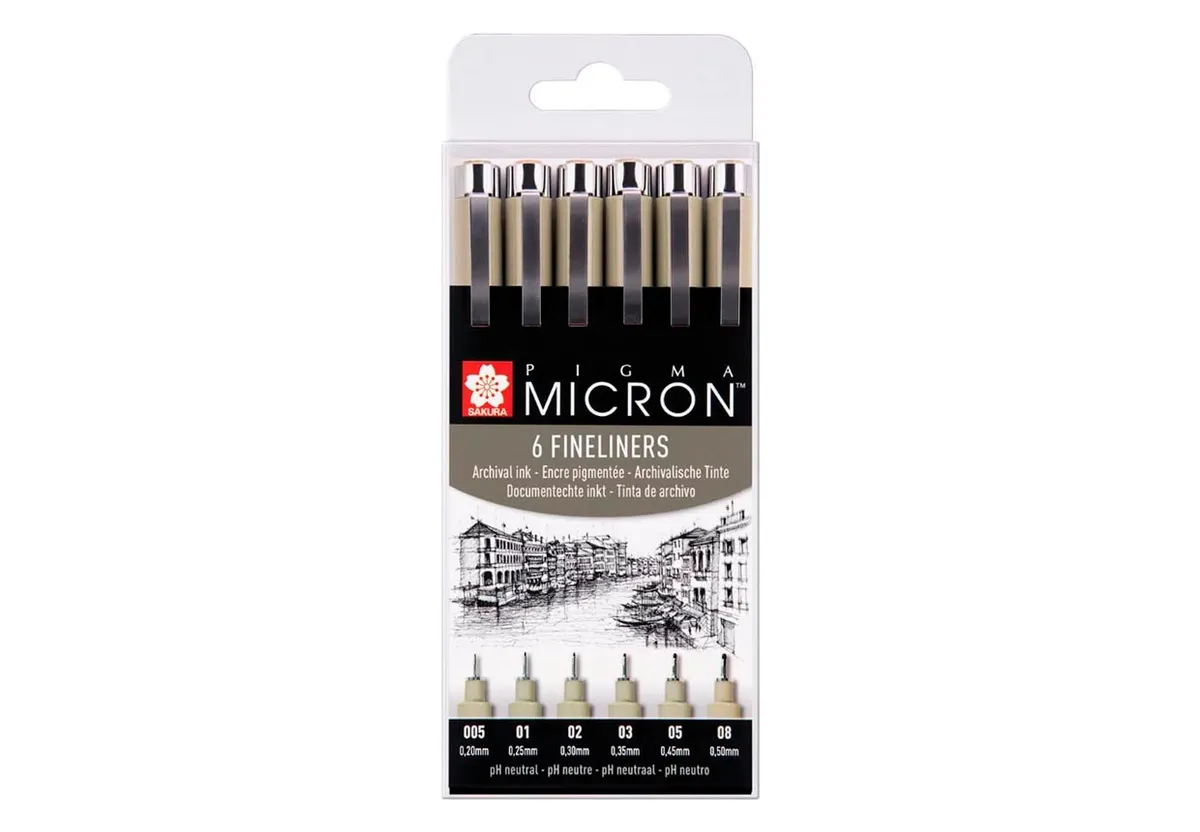
You can also scumble using fineliner pens and we’d highly recommend this Pigma Micron set. These pens are designed for illustrators and graphic designers and won’t smudge when the ink dries. The ink is also waterproof, so you could use it to add detail to your watercolour paintings too.
Take your time when you’re drawing with fineliner pens as you won’t be able to erase your mistakes.
Take your shading to the next level with scumbling
Scumbling is a fun shading technique to explore, especially if you want to shake up your drawing style.
If you’re new to drawing, it’s always a good idea to play around with different shading techniques to find the one that suits your drawing style.
Scumbling is a fantastic drawing technique to use if you want to build up layers of colour or experiment with texture in your artwork.
Get blending with charcoal
Charcoal is a wonderfully versatile medium to draw with. It can be used to produce a smooth blended effect or to create a rougher-looking drawing.
The finished results can be very impressive and it’s a lot easier than it looks! Discover how to create your own stunning pictures with our charcoal drawing for beginners guide.



